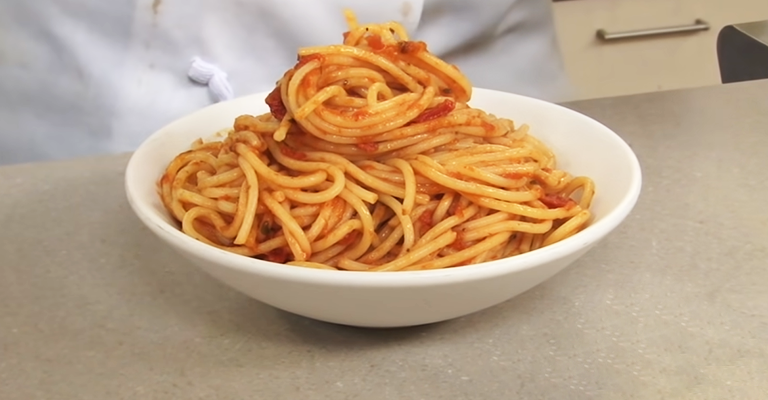Why Is My Frosting Grainy?-Tips and How to Fix?
The art of creating delectable desserts lies not only in taste but also in presentation. However, a common challenge faced by bakers is the emergence of grainy frosting—a texture far from the smooth, velvety finish one envisions.
Understanding the underlying causes is pivotal in rectifying this issue. From undissolved sugar to overmixing, various factors can lead to graininess.
Delving into these reasons sheds light on the solutions, empowering bakers to master the art of achieving flawlessly smooth frosting.
In this exploration, we unravel the mysteries behind grainy frosting, providing insights and techniques to ensure your confections are not only scrumptious but also visually stunning.
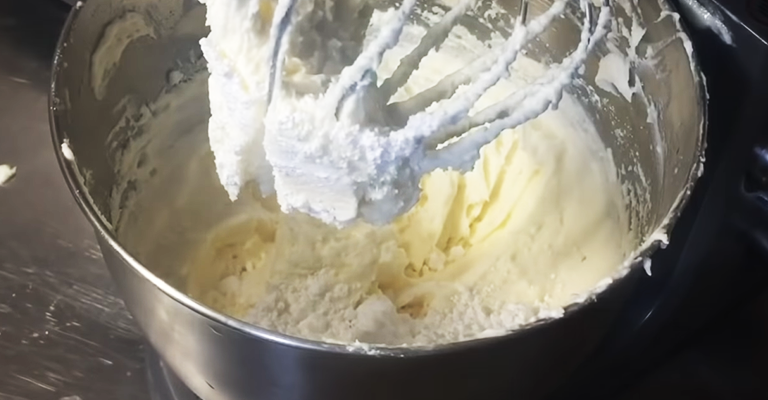
What Is Grainy Frosting?
Grainy frosting refers to a frosting or icing that has an undesirable texture, characterized by the presence of small, gritty, or rough particles.
Instead of having a smooth, creamy consistency, grainy frosting can feel rough and uneven when tasted or spread on baked goods.
This texture issue is often caused by the incomplete dissolution of sugar or other ingredients, overmixing, or inconsistent ingredient temperatures during the frosting preparation.
Achieving a smooth and creamy frosting is a common goal in baking and cake decorating, so when frosting turns grainy, it can be considered a texture flaw that many bakers aim to avoid or fix.
Why Is My Frosting Grainy?
Grainy frosting can be a bit frustrating, especially when you’re aiming for that smooth, creamy finish.
There are several potential reasons why your frosting might turn out grainy:
Improper Sugar Dissolution
Ensure that you’re using the right type of sugar for your frosting. If a recipe calls for powdered sugar, make sure it’s finely ground.
When using granulated sugar, heat your liquid (like milk or water) slightly to aid in dissolving the sugar before adding it to your mixture. Stir well and be patient to allow the sugar to dissolve completely.
Overmixing
Overmixing can introduce too much air into the frosting, resulting in a grainy texture. Be cautious when using an electric mixer, especially at high speeds.
Mix until the ingredients are just combined and the frosting reaches the desired consistency.
Inadequate Creaming of Butter
When creaming butter and sugar for buttercream frosting, ensure that your butter is at the right temperature.
It should be soft but not melted. Cream the butter until it’s light in color and fluffy. This process aerates the mixture, resulting in a smooth, creamy texture.
Inconsistent Temperature
Allow all your ingredients to come to room temperature before starting. If some ingredients are cold while others are at room temperature, it can lead to an uneven texture.
For example, if you add cold milk to room-temperature butter, it might cause the mixture to seize.
Incorrect Sugar Type
Choose the right type of sugar for your recipe. Confectioners’ sugar (powdered sugar) is the preferred choice for most frosting recipes because it dissolves easily.
Granulated sugar is best avoided, as it may not dissolve completely, leading to a grainy texture.
Old or Clumpy Sugar
Before incorporating powdered sugar, sift it to remove any lumps.
When your sugar has been stored for an extended period, it might have clumped together. Breaking up these clumps will ensure a smooth frosting.
Insufficient Mixing Time
Make sure you’re giving the ingredients enough time to combine.
When you stop mixing too early, the sugar might not fully dissolve, resulting in a grainy texture. Be patient and watch for the desired consistency.
Adding Liquid Too Quickly
Gradually add liquid ingredients to your frosting. Pouring in too much liquid at once can overwhelm the mixture and cause it to seize or become grainy. Take your time and incorporate liquids in small, steady increments.
High Humidity
In humid conditions, the moisture in the air can affect your frosting. It might absorb excess moisture, resulting in a grainy texture. Consider adjusting your recipe or technique to account for high humidity.
Using Margarine Instead of Butter
Butter is the preferred fat for most frosting recipes. It has a lower water content compared to margarine, which can affect the texture of your frosting. Opt for unsalted butter and avoid using margarine if possible.
Equipment Issues
Ensure that your mixer and attachments are in good working order.
When your mixer’s paddle attachment isn’t scraping the sides of the bowl effectively, ingredients may not mix evenly, leading to a grainy texture. Clean and maintain your equipment regularly.
How to Fix Grainy Frosting?
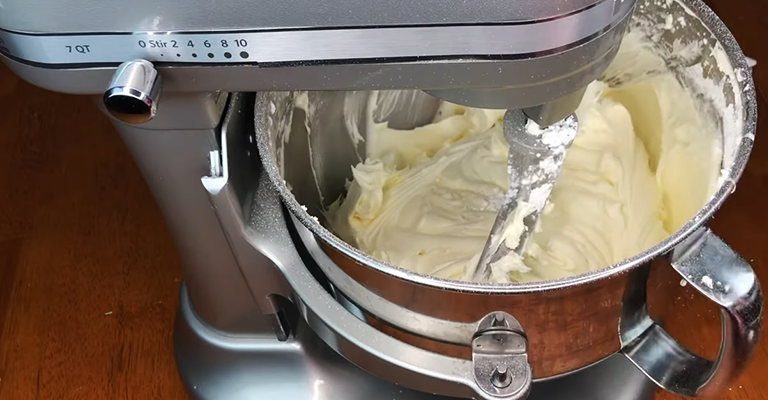
Fixing grainy frosting can be a bit challenging, but it’s possible with some patience and the right techniques.
Here’s how to fix grainy frosting:
Heat and Stir
When the graininess is due to sugar that hasn’t fully dissolved, you can try gently heating the frosting. Place the frosting in a heatproof bowl over a pot of simmering water.
The gentle heat will help dissolve the sugar. Once the sugar is dissolved, remove it from the heat and let it cool slightly before mixing it again.
Add More Liquid
When the frosting is grainy due to being too thick or dry, you can try adding a bit more liquid.
Start with just a teaspoon of milk or cream at a time and mix thoroughly. Keep adding small amounts of liquid until the frosting reaches the desired consistency.
Re-Mix or Whip
Sometimes, graininess can be fixed by re-mixing or whipping the frosting. Use an electric mixer and beat the frosting at a medium speed until it becomes smooth and creamy.
When overmixing is the issue, this can help redistribute the fat and sugar particles and result in a smoother texture.
Strain
When the graininess is caused by lumps or clumps in the frosting, you can strain it.
Use a fine mesh sieve or strainer to separate the smooth frosting from any lumps or clumps. This will give you a smoother texture, but it might reduce the overall quantity.
Cream of Tartar
Adding a small pinch of cream of tartar can help stabilize and smooth out grainy frosting, particularly meringue-based frostings. Just be cautious not to add too much, as it can affect the flavor.
Start Over
When all else fails and your frosting remains grainy, you may need to start over. This is especially true when you’ve tried to heat it, and the frosting has separated or curdled.
Make a fresh batch of frosting, being careful to follow the instructions and avoid the mistakes that led to graininess in the first place.
Storage and Shelf Life
Proper storage and understanding the shelf life of different types of frostings are essential to maintain their quality and safety.
Here’s a general guideline for storing and the shelf life of various types of frostings:
Buttercream Frosting
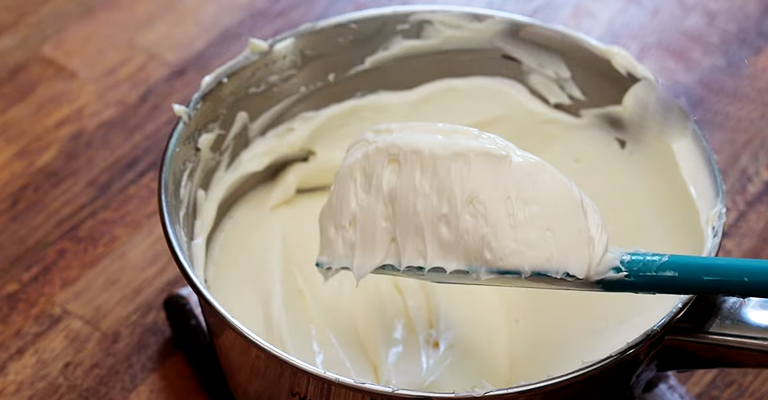
- Storage: Store buttercream frosting in an airtight container in the refrigerator. You can also freeze it for longer storage.
- Shelf Life: When refrigerated, buttercream frosting can typically last for about 1-2 weeks. When frozen, it can be stored for up to 2-3 months. Be sure to label and date your containers.
Cream Cheese Frosting
- Storage: Like buttercream, store cream cheese frosting in an airtight container in the refrigerator. Make sure it’s well-covered to prevent it from absorbing other odors.
- Shelf Life: Cream cheese frosting generally remains good for about 1 week when refrigerated. It doesn’t freeze as well as buttercream because it can become softer and more challenging to work with after thawing.
Royal Icing
- Storage: Keep royal icing in an airtight container at room temperature. Cover the surface with plastic wrap to prevent it from drying out.
- Shelf Life: Royal icing has a long shelf life and can last for several weeks, even months, at room temperature.
Fondant
- Storage: Store fondant in an airtight container or wrap it tightly in plastic wrap. Keep it at room temperature in a cool, dry place.
- Shelf Life: Fondant has a relatively long shelf life and can last for several months. Just be vigilant about keeping it away from heat and humidity.
Ganache
- Storage: Store ganache in an airtight container in the refrigerator. You can also freeze it for extended storage.
- Shelf Life: When refrigerated, ganache can typically last for about 1-2 weeks. When frozen, it can be stored for up to 2-3 months.
Tips for Preventing Grainy Frosting
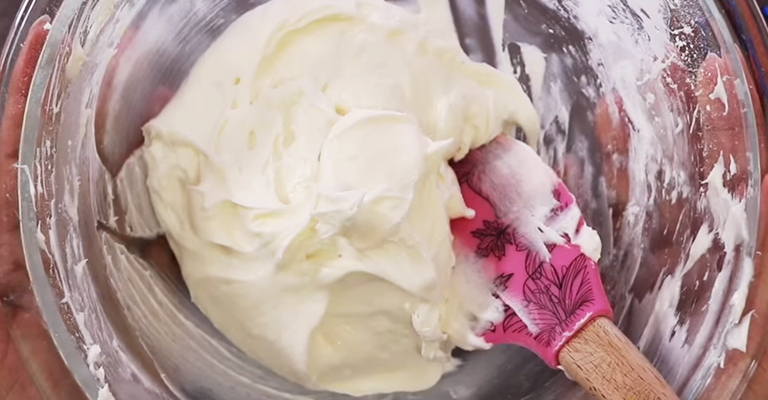
Achieving a smooth, velvety frosting is a baker’s dream, but sometimes graininess can be a frustrating hiccup in the process.
Fortunately, there are ways to prevent grainy frosting altogether. Here are some valuable tips:
Sift Your Sugar
Before incorporating powdered sugar (confectioners’ sugar) into your frosting, sift it to ensure there are no lumps. Sifting creates a fine, smooth texture, which contributes to a creamy frosting.
Cream Butter and Sugar Thoroughly
When making buttercream frosting, ensure that you cream the butter and sugar together properly.
The butter should be at room temperature, and the mixture should be beaten until it’s light and fluffy. This step is crucial for achieving a smooth consistency.
Use the Right Sugar Type
Confectioners’ sugar is the preferred choice for most frosting recipes because it dissolves easily. Avoid using granulated sugar, as it may not dissolve completely and can lead to graininess.
Add Liquid Gradually
When adding liquid ingredients such as milk or flavorings, do so gradually.
Pouring in too much liquid at once can overwhelm the mixture and cause it to become grainy. Take your time and add liquids in small, steady increments.
Maintain Consistent Temperature
Allow all your ingredients to come to room temperature before starting.
When some ingredients are cold while others are at room temperature, it can lead to an uneven texture. Even temperature distribution is essential for a smooth frosting.
Proper Mixing Time
Ensure you mix the frosting ingredients for an adequate amount of time. Stopping too early may result in undissolved sugar and a grainy texture. Be patient and mix until the desired consistency is reached.
Avoid Overmixing
Overmixing can introduce excess air into the frosting, leading to graininess. Be cautious when using an electric mixer, especially at high speeds. Mix until just combined to maintain a smooth texture.
Maintain Proper Equipment
Make sure your mixer and attachments are in good working order. If your mixer’s paddle attachment isn’t scraping the sides of the bowl effectively, ingredients may not mix evenly, leading to a grainy texture. Clean and maintain your equipment regularly.
FAQs
Why is my frosting grainy?
Grainy frosting can occur due to factors like undissolved sugar, overmixing, or inconsistent ingredient temperatures.
How can I fix grainy frosting?
To fix grainy frosting, you can try gently heating it, adding more liquid, re-mixing, or straining.
Can using the wrong type of sugar cause grainy frosting?
Yes, using the wrong type of sugar, like granulated instead of powdered sugar, can result in grainy frosting.
What’s the impact of overmixing on frosting texture?
Overmixing introduces excess air, leading to a grainy texture. It’s important to mix until just combined to maintain a smooth consistency.
Can weather conditions affect frosting texture?
Yes, high humidity can introduce moisture, potentially causing frosting to become grainy. Adjusting your recipe or technique for high humidity conditions can help.
To Recap
Encountering grainy frosting can be a common yet fixable issue in the realm of baking. Understanding the potential culprits—undissolved sugar, overmixing, or inconsistent temperatures—empowers bakers to troubleshoot effectively.
By adopting careful techniques such as proper sugar dissolution, avoiding overmixing, and using the right sugar type, one can significantly improve the frosting texture.
Additionally, being mindful of ingredient temperatures and equipment functionality plays a crucial role. With these insights, achieving a smooth, luscious frosting becomes a more attainable goal, allowing bakers to turn out delectable treats with a flawless finish.
Remember, a touch of patience and precision can make all the difference in creating culinary delights that delight both the eyes and the palate.
